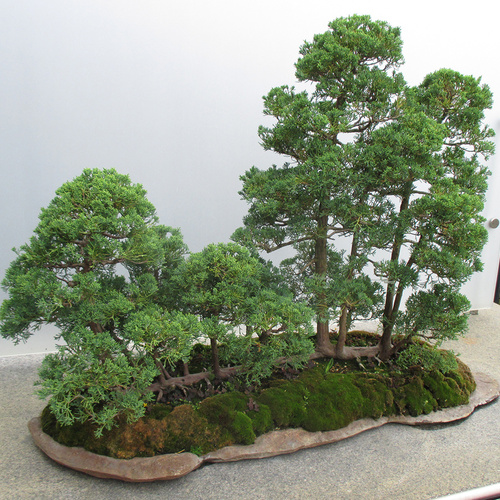While I enjoy experiencing all types of plants at the botanic gardens I visit, I have always been entranced by stunning bonsai specimens and actively seek out bonsai collections whenever I can. Bonsai continue to gain popularity in North America, and expanding collections can be found in institutions across the United States.
Growing up in the Chicago suburbs, I fondly remember frequent visits to the Chicago Botanic Garden in Glencoe, Illinois. As I’ve never lived more than two hours from the Windy City, these visits have continued regularly over the last 40 years and often include a look at their masterful bonsai collection.
Originating from the 6th-century Chinese practice of penjing, the art of creating miniature landscapes atop earthenware (“potted scene”), the Japanese art form of bonsai (“tree in a pot”) was adopted around the 12th century. Following World War II, this Japanese tradition became increasingly accessible and has found an immense following worldwide. The many nuances of how to successfully engage in bonsai, which is essentially growing and shaping a plant in a container, are covered in myriad references. There are also many active bonsai societies and practitioners that offer experience, guidance, and advice.
To gain some insight on the basics of bonsai, I corresponded with Chris Baker, curator of bonsai at the Chicago Botanic Garden (CBG). He provided some wonderful information about bonsai, described the beautiful collection at the garden, and discussed the goals this collection aims to achieve.
How long has CBG featured bonsai specimens?
In 1978, the collection started as a small display on a bench structure in the east courtyard of the Education Center. That collection was removed when the courtyards were redesigned in 1994. In 1995, the Botanic Garden Committee of the board of directors approved the east courtyard being used as a display area again. At that time, between 10 to 15 trees were shown at any given moment during the display season. Both courtyards were renovated again in 2006, and the bonsai can now be seen on both sides. Since the space has doubled, 32 trees can be exhibited to the public.
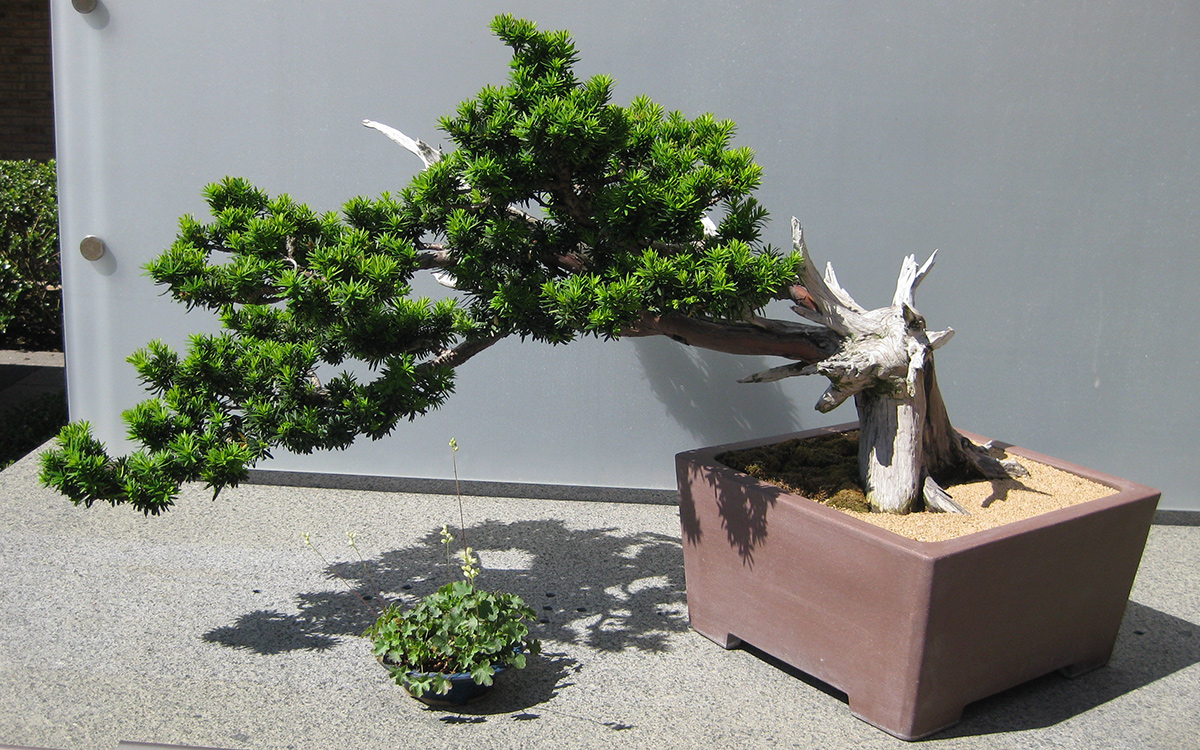
How many specimens do you currently curate?
There are about 260 trees in the collection, with around 125 considered display quality. We currently have over 160 different taxa. Some of our bonsai are imports from Japan, but many others feature North American tree species.
What are some of your favorite plants for utilizing in bonsai, considering your Midwest location?

There are many great species that can be used as bonsai specimens, and we try to utilize North American species whenever we can. Some of those include ponderosa pine (Pinus ponderosa, Zones 3–7), Jack pine (P. banksiana, Zones 2–6), bald cypress (Taxodium distichum, Zones 4–9), eastern larch (Larix laricina, Zones 2–5), American hornbeam (Carpinus caroliniana, Zones 3–9), and eastern white cedar (Thuja occidentalis, Zones 3–7).
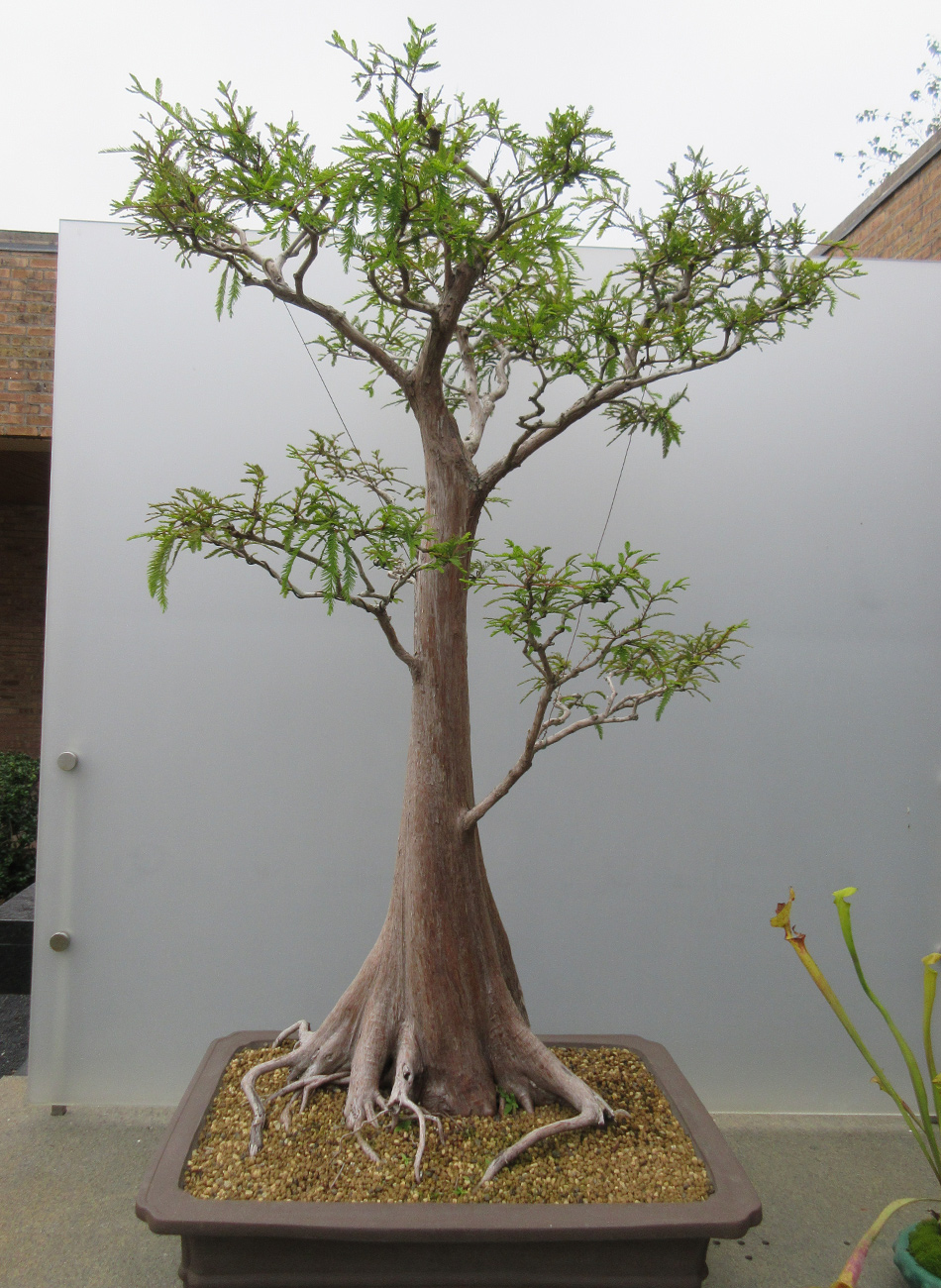
What three tips would you give beginners interested in bonsai?
Getting into bonsai is like exploring any other form of gardening, and the basics are much the same. Before you can get to work pruning and training a tree to your will, you must select the species that is right for your location and needs.
One: Know your environment. How much sun do you have? How much shade do you have? How often can you water? This will tell you what species will work best for your bonsai.
Two: Do your research. Research details on specific species: what do they need regarding light, water, heat, shade, feeding, and so on? Find the species that matches or comes as close to the conditions you can provide.
Three: Master one or two species at a time. Don’t get several different trees that all have different requirements (i.e., tropical, deciduous, pine, evergreen). Like any other collection of plants, mastering the vastly different needs of various species will take time. Don’t overwhelm yourself with too much to learn too early on.

How do you see the CBG bonsai collection developing in the future in terms of presence and display at the garden?
It is always my goal to make the bonsai as relevant as possible when it comes to the garden as a whole. Being involved in yearly themes, extending display times, and hosting events are some ways I try to do that.
Visit chicagobotanic.org/ChrisBaker for more information on Chris and the collection
Information regarding Chicago Botanic Garden can be found on their website: chicagobotanic.org
Find more information on bonsai:
And for more Midwest regional reports, click here.
Mark Dwyer is the garden manager for the Edgerton Hospital Healing Garden in Edgerton, Wisconsin, and he operates Landscape Prescriptions by MD.
Photos: Mark Dwyer
Fine Gardening Recommended Products
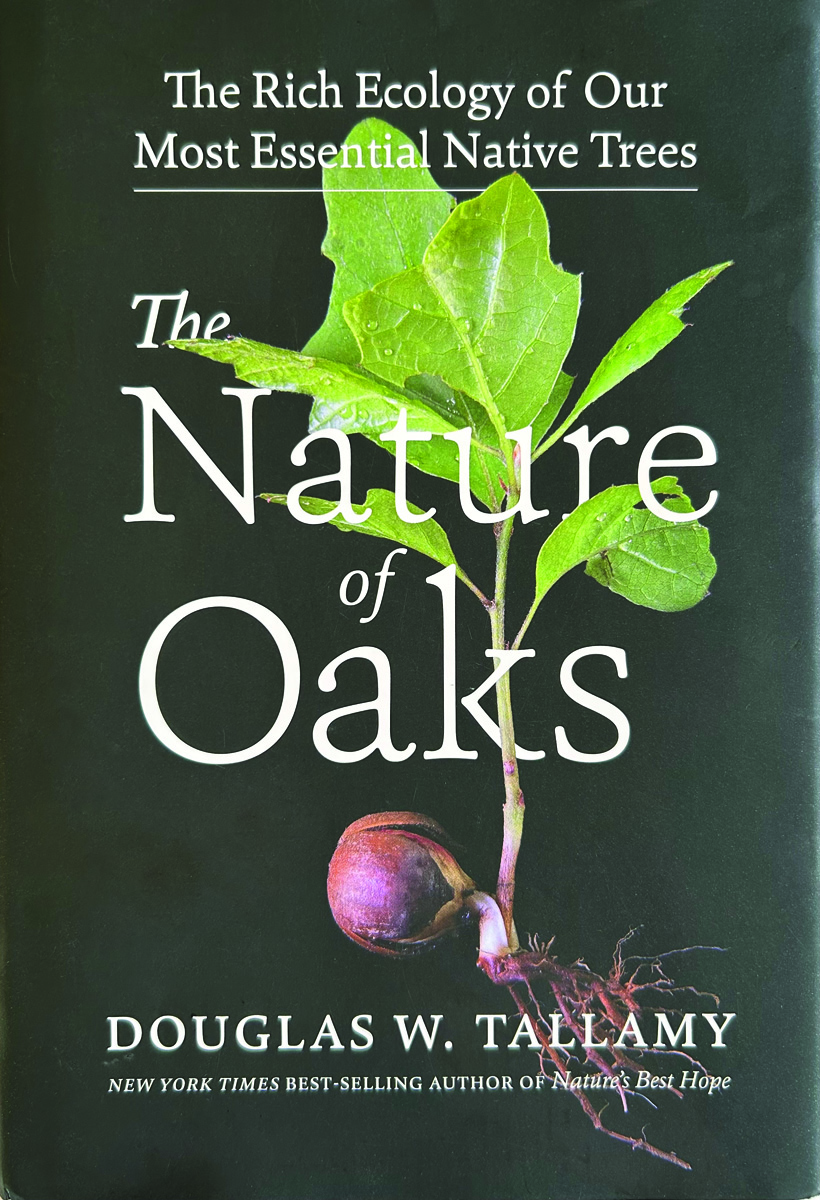
The Nature of Oaks: The Rich Ecology of Our Most Essential Native Trees
Fine Gardening receives a commission for items purchased through links on this site, including Amazon Associates and other affiliate advertising programs.
The Nature of Oaks reveals what is going on in oak trees month by month, highlighting the seasonal cycles of life, death, and renewal. From woodpeckers who collect and store hundreds of acorns for sustenance to the beauty of jewel caterpillars, Doug Tallamy illuminates and celebrates the wonders that occur right in our own backyards. He also shares practical advice about how to plant and care for an oak, along with information about the best oak species for your area.
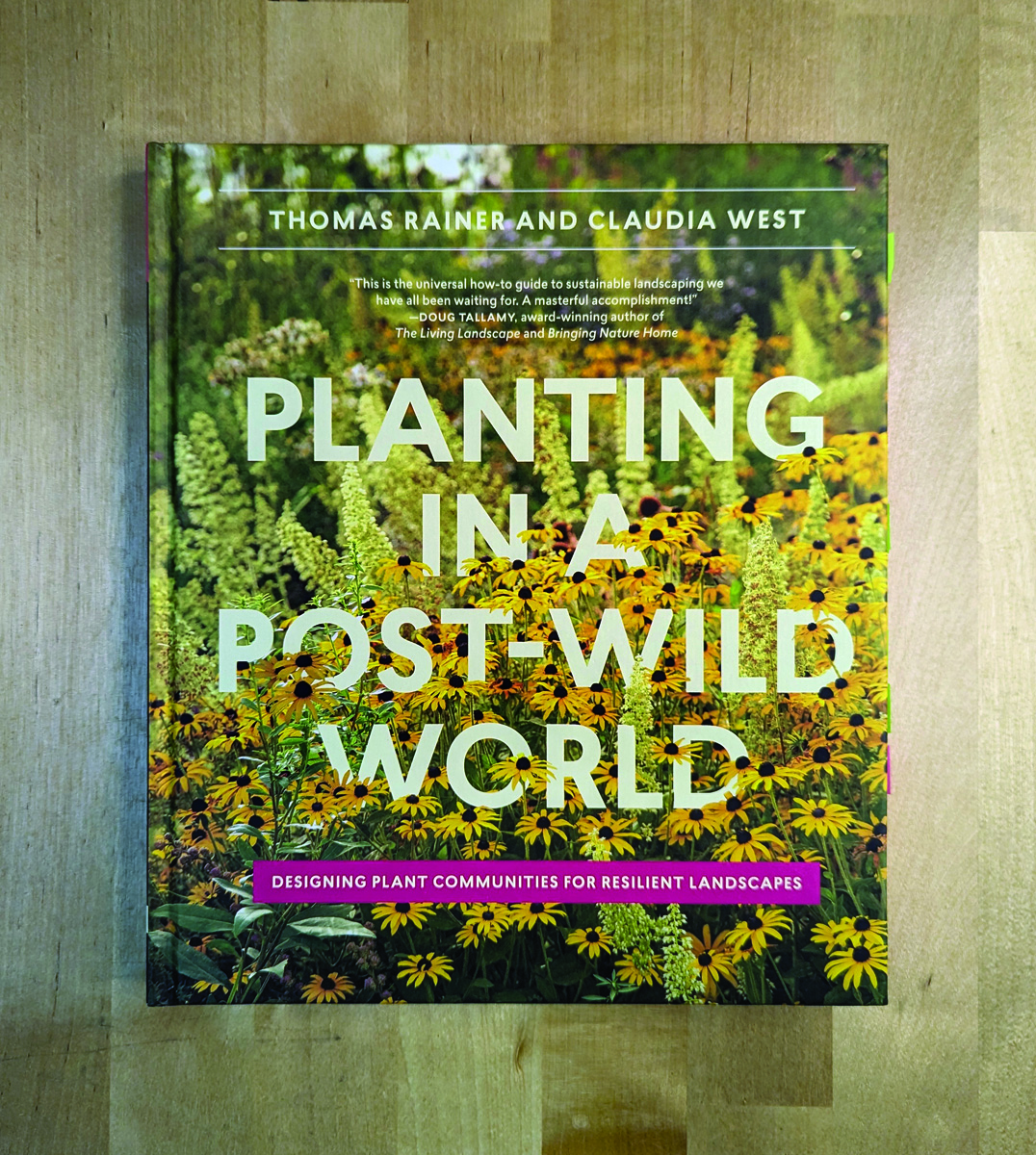
Planting in a Post-Wild World: Designing Plant Communities for Resilient Landscapes
Fine Gardening receives a commission for items purchased through links on this site, including Amazon Associates and other affiliate advertising programs.
Featuring gorgeous photography and advice for landscapers, Planting in a Post-Wild World by Thomas Rainer and Claudia West is dedicated to the idea of a new nature—a hybrid of both the wild and the cultivated—that can nourish in our cities and suburbs.

Wagner’s 52003 Classic Blend Wild Bird Food, 6-Pound Bag
Fine Gardening receives a commission for items purchased through links on this site, including Amazon Associates and other affiliate advertising programs.
Classic wild bird food uses the highest quality grains to attract backyard wild Birds. A high-quality mix containing Millet, milo, cracked corn and Sunflower for a wide range of wild birds to enjoy. Perfect for tube, hopper, or platform feeders. Great to feed in all seasons! Perfect for the winter, when seeds are scarce; spring and summer for hatchlings; and autumn to give energy to migrating birds. This seed will help you fill your yard with birds such as Jays, cardinals, doves, Juncos, finches, goosebeaks, any many more.

